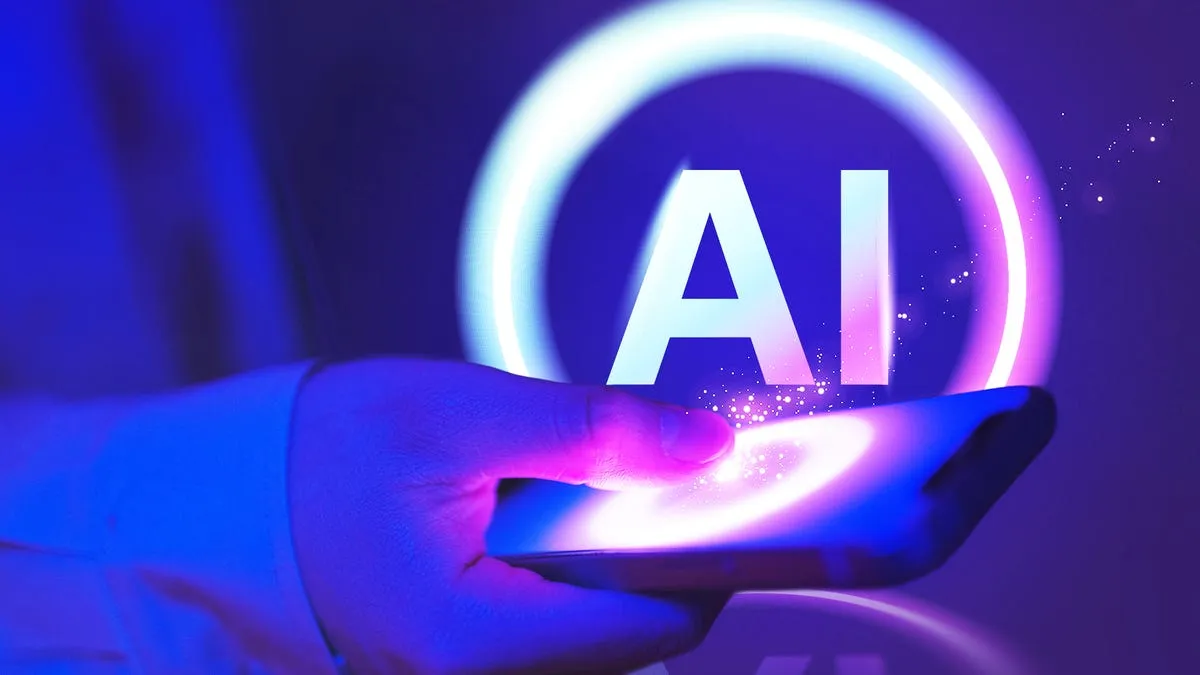
AI-generated videos are becoming ubiquitous, ranging from deepfakes of celebrities to misleading disaster broadcasts, not to mention viral clips of bunnies bouncing on trampolines. One of the most notable players in this space is Sora, an AI video generator developed by OpenAI, the parent company of ChatGPT. As Sora's capabilities advance, distinguishing between truth and fiction becomes increasingly challenging.
The latest iteration, Sora 2, is a fresh social media app that has captured the attention of AI enthusiasts. Its TikTok-like format has gone viral, with users eager to obtain invite codes to explore its features. However, unlike traditional social media platforms, Sora presents a unique twist: every video is entirely fabricated and generated by AI. This phenomenon can be described as an AI deepfake fever dream. While it may appear harmless at first glance, significant risks lurk beneath the surface.
From a technical perspective, Sora's videos stand out when compared to competitors such as Midjourney and Google's Veo 3. The platform offers high-resolution videos with synchronized audio and remarkable creativity. One of Sora's standout features, known as cameo, allows users to insert other people's likenesses into various AI-generated scenes. While this feature is impressive, it raises concerns about the potential for creating realistic deepfakes that can spread misinformation.
Experts are increasingly worried about the implications of Sora, especially regarding the ease of creating dangerous deepfakes and the blurring of reality. Public figures and celebrities are particularly susceptible to these manipulations, prompting organizations like SAG-AFTRA to urge OpenAI to bolster its safety measures. The challenge of identifying AI-generated content remains a significant concern for tech companies and social media platforms alike.
Despite the challenges, there are effective strategies for determining whether a video was created using Sora. Here are some tips to help you identify AI-generated content:
Every video produced on the Sora iOS app includes a distinctive watermark—a white cloud logo that moves around the edges of the video. This is similar to how TikTok watermarks its content. Watermarking is a key method for identifying AI-generated videos, as it visually indicates the involvement of AI. For instance, Google's Gemini model also automatically watermarks its images. However, it's important to note that watermarks can be removed, making them less reliable on their own.
While it may seem daunting, checking a video's metadata can be an effective way to ascertain its authenticity. Metadata is a set of information automatically attached to digital content, revealing details about its creation, such as the date, time, camera type, and more. AI-generated content often includes specific credentials indicating its origins. OpenAI is part of the Coalition for Content Provenance and Authenticity, meaning Sora videos include C2PA metadata. You can verify this metadata by using the Content Authenticity Initiative's verification tool.
To check the metadata of a video, follow these steps:
Visit this URL.Upload the desired file.Click "Open."Review the information in the right-side panel. If the video is AI-generated, it will be indicated in the content summary.On platforms like Meta's Instagram and Facebook, internal systems can help flag AI content. TikTok and YouTube have similar mechanisms in place. However, the most reliable way to determine if content is AI-generated is through creator disclosure. Many social media platforms now allow users to label their posts as AI-generated, and a simple note or credit in your caption can enhance transparency.
There is no surefire method to instantly identify AI-generated videos, but the key is to remain vigilant. Question everything you see online, and trust your instincts—if something seems unreal, it likely is. As we navigate this increasingly AI-driven landscape, take the time to scrutinize the videos you encounter. Look for inconsistencies such as distorted text, disappearing objects, and unnatural movements. Remember, even experts can be misled, so don’t be too hard on yourself if you occasionally fall for a deepfake.
In conclusion, as AI models like Sora continue to evolve and blur the lines between reality and artificiality, it's crucial for all of us to exercise caution and promote transparency in our digital interactions.